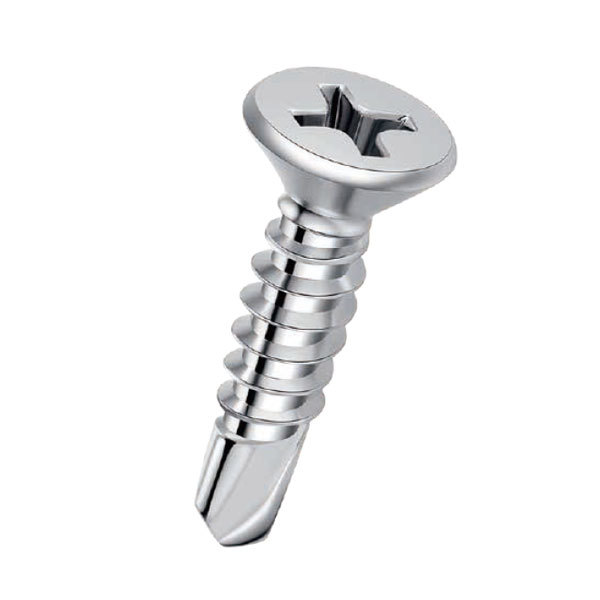Comprehensive Guide to Spackling Screw Holes in Drywall
Mastering the Art of Spackling Screw Holes in Drywall
When it comes to home improvement projects, one of the most common yet often overlooked tasks is the spackling of screw holes in drywall. Whether you are finishing a new installation or repairing the walls after removing fixtures, knowing how to properly spackle screw holes is an essential skill for any DIY enthusiast or homeowner. This article will guide you through the process, ensuring professional-looking results that can transform the aesthetics of your space.
Understanding Drywall and the Need for Spackling
Drywall, a widely used building material, is favored for its ease of installation and finishing. However, it is not immune to the occasional unsightly screw holes, which can occur during the installation of fixtures, shelves, or cabinets. Left untreated, these imperfections can detract from the overall appearance of a room. Spackling compound serves as a perfect solution for filling these holes, allowing for a smooth and seamless finish.
Gathering Your Materials
Before embarking on this straightforward task, ensure you have the necessary materials at hand. You will need - A high-quality spackling compound (available in pre-mixed or powder form) - A putty knife or drywall knife (preferably 4-6 inches wide) - Sandpaper (preferably 120-220 grit) - A damp cloth or sponge for cleanup - A paintbrush or roller for touch-ups
Having these items ready will streamline your process and ensure that you achieve the best possible outcome
.Step-by-Step Process
spackling screw holes in drywall factory

1. Preparation of the Area Begin by assessing the screw holes. Clean the area around each hole to remove any dust or debris, which can hinder the effectiveness of the spackle. If the holes are particularly deep or have raised edges, consider using a utility knife to smooth out the area.
2. Applying the Spackle Using your putty knife, scoop a small amount of spackling compound. Apply it over the screw hole, pressing firmly to ensure it fills the hole completely. It’s important to apply enough compound so that it slightly overfills the hole. This ensures that when you sand it later, you will achieve a perfect flush with the surrounding drywall.
3. Smoothing the Surface Once the hole is filled, use the edge of your putty knife to smooth out the surface and remove any excess compound. Work gently to feather the edges, blending the spackle into the wall. This step is crucial for achieving an invisible repair.
4. Drying Time Allow the spackling compound to dry fully according to the manufacturer’s instructions. This can typically take anywhere from 30 minutes to a few hours, depending on the product used.
5. Sanding After the spackle has dried, use your sandpaper to carefully sand the area until it is smooth and flush with the rest of the wall. Wipe away any dust with a damp cloth to prepare for painting.
6. Painting Touch-Ups Finally, if necessary, use a paintbrush or roller to touch up the area with matching paint. This will ensure that the repaired spots blend perfectly with the rest of the wall.
Conclusion
Spackling screw holes in drywall is a straightforward task that can significantly enhance the look of your home. By following these steps, you can easily repair unsightly holes and enjoy a polished, professional-looking finish. Remember, taking the time to perform this simple task can elevate the overall aesthetic of your space, making it feel fresh and inviting.
-
Top Choices for Plasterboard FixingNewsDec.26,2024
-
The Versatility of Specialty WashersNewsDec.26,2024
-
Secure Your ProjectsNewsDec.26,2024
-
Essential Screws for Chipboard Flooring ProjectsNewsDec.26,2024
-
Choosing the Right Drywall ScrewsNewsDec.26,2024
-
Black Phosphate Screws for Superior PerformanceNewsDec.26,2024
-
The Versatile Choice of Nylon Flat Washers for Your NeedsNewsDec.18,2024










